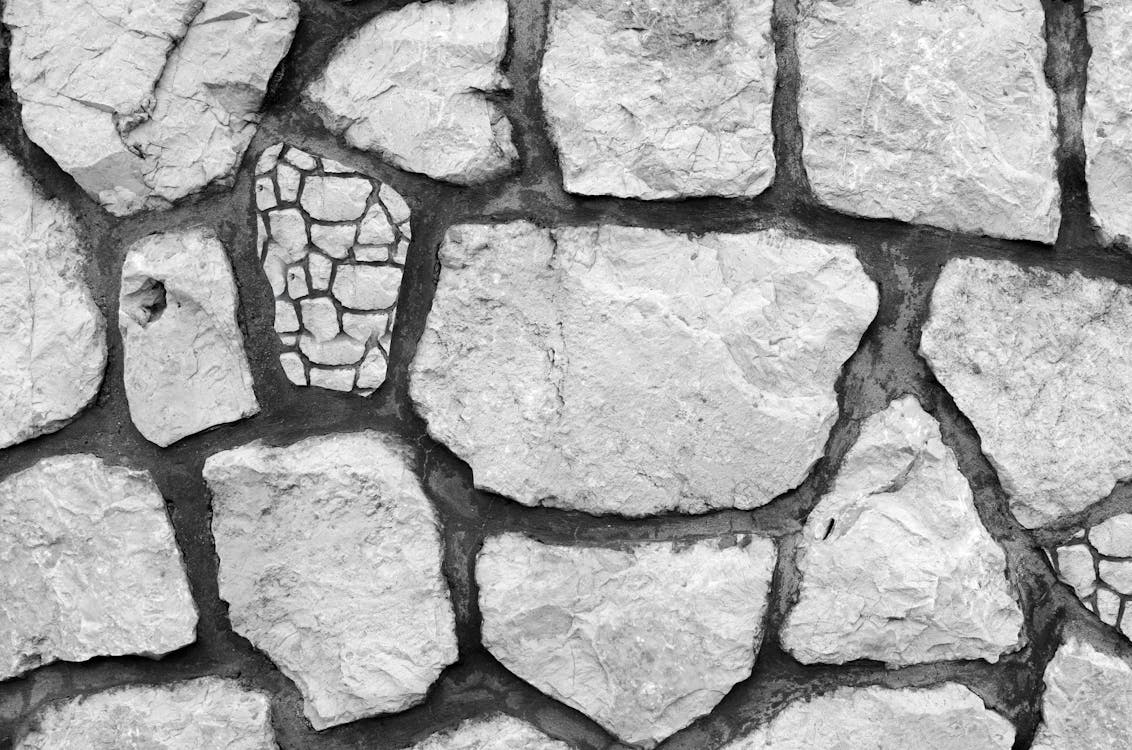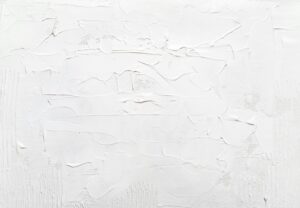Stone countertop, floor, or wall is nothing but elegant timelessness. However, like every other natural product, stone surfaces gradually lose their luster and develop scratches, stains, or dullness that somehow ruin their appeal. The good news is that with a few focused restoration techniques, you can revive your stone surfaces and bring back the original beauty. Let’s discover the three main tips to return your stones to their beauty at home, thus ensuring that your stones are always at their peak condition for the years to come.
Periodical Deep Cleaning to Achieve Long-lasting Shine
There is nothing better than simple deep cleaning as the method to ensure a long shine on stone surfaces. Unlike daily cleaning, which merely removes surface dirt, deep cleaning helps lift the dirt, stains, and grime embedded into the stone. Otherwise, it would blur. Deep cleaning on a regular basis prevents dirt and stains from settling into the stone so that it remains well-shaped for a much longer time. This is especially important in heavy-use areas such as kitchen countertops and bathroom tiles, where residues from oils, soaps, and other products can build up over time.
For deep cleaning of stone surfaces, use a pH-neutral cleaner specifically made for stone. Acidic or abrasive cleaners can cause damage to the surface. Apply the cleaner evenly, let it sit for a few minutes, and then scrub gently with a soft-bristled brush. Avoid using metal scrubbers or rough sponges to prevent scratching. Make sure to rinse and let dry the surface with a clean, soft cloth. Such cleansing does not only make out hidden dirt but also makes the stone look new and rejuvenates its natural shine on surfaces. Deep cleansing services should be done every two months to keep surfaces clear of unsightly stains on stones.
Revival and Protection Using Polish
The final part of stone surface maintenance includes polishing, which differs from cleaning. Polishing helps to smoothen minute scratches and imperfections, hence reviving the gloss of stone surfaces that have gone dull. Additionally, it provides a water and stain-repellent coat to the surface, thus guarding it for a longer lifespan and with minimal future care, irrespective of whether it’s a granite countertop or a marble floor.
Stone polishing can be most effective on the surface only if the best quality polish is applied based on the type of stone. It may happen that granite refinishing requires some product specially formulated to hold the stone in its classic gloss while causing no harm. Polishing should follow the guidelines from the producer, applying a clean, soft cloth or gentle polishing pad. Work in circular motions, applying just enough pressure to reveal shine without causing new scratches. Once polished, buff your stone with a microfiber cloth to achieve a flawless appearance. In addition to making your stone look fantastic, polishing puts a protective layer that can keep your stone looking excellent between maintenance sessions.
Sealing For Long-Term Protection
Sealing is very important because it prevents liquids and stains from penetrating porous stone surfaces such as granite, marble, and limestone. Liquid, such as water, oil, or wine that penetrates the stone when not sealed can leave a permanent stain or cause some other damage. Sealing creates an invisible barrier on the surface, which safeguards the surface, ensuring your stone surfaces stay beautiful over the years. Sealing is particularly essential to households whose kitchens or bathrooms are very active and more likely to spill moisture on the stone surfaces.
To seal a stone surface, clean the surface perfectly and let it dry up. Ensure that you have gotten a quality stone sealer for the specific type of stone since different stones demand different types of formulations. Apply the sealer to the entire surface using a clean, soft cloth or sponge. Let it dry for the recommended time, then wipe the excess off prior to curing with the product. Resealing them is usually done annually or as the manufacturer recommends; this ensures long protection on such surfaces. Cleaned and sealed stone will not be stained and marked and stay polished and new for years.
Conclusion
Restoring and maintaining the beauty of stone surfaces in your home doesn’t have to be complicated. A simple commitment to regular deep cleaning, occasional polishing, and proper sealing will suffice. Each of these steps contributes a layer of care, which prevents damage while emphasizing the natural qualities of the stone. Whether it is a glossy granite countertop or an elegant marble floor, investing time in taking care of your stone surfaces will make sure they remain a stunning feature in your home for years.






